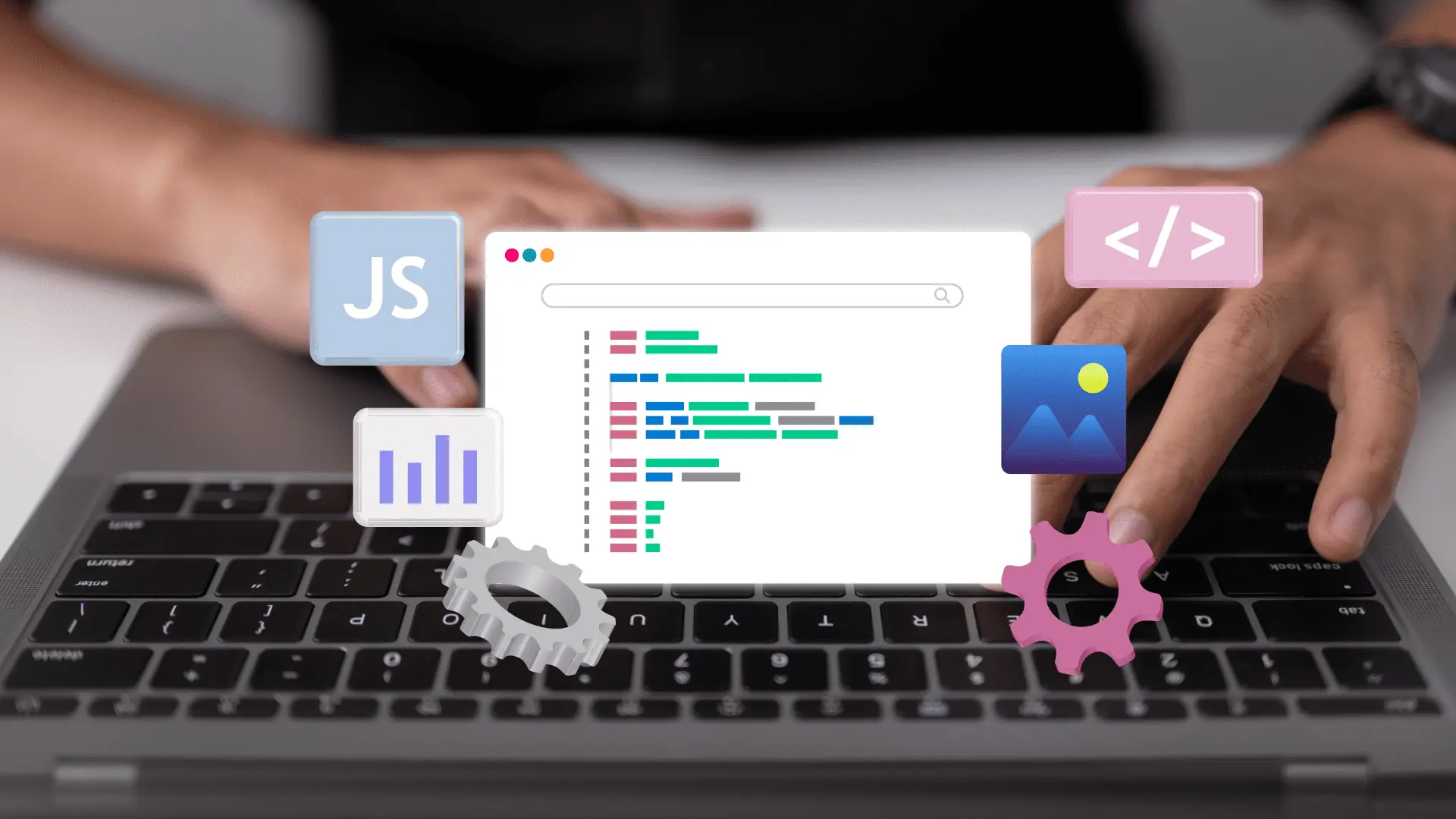Mastering Front-End Development with JavaScript and Frameworks in Elementor
- 06 September 2024

1. Optimize Dynamic Interactivity with JavaScript
JavaScript allows you to go beyond the basic design functionalities of Elementor by adding dynamic interactions. For instance, integrating custom JavaScript for modals, sliders, or interactive forms can enhance user engagement. It’s important to keep your code clean and optimized to avoid performance lags, especially when working with heavy visual elements in Elementor.
2. Use React or Vue.js for Component-Based Architecture
Elementor excels at building static layouts, but when you need more complex dynamic content, frameworks like React or Vue.js can help. Use these frameworks to create reusable components that manage state and render dynamic content based on user actions. Embedding these components in Elementor allows for a more modular and maintainable front-end architecture.
3. Maintain Performance with Asynchronous Loading
One of the challenges with front-end development is managing page load times, especially when JavaScript is heavily used. Implement asynchronous loading methods such as lazy loading for images and scripts to ensure that your page remains responsive. Elementor’s lazy loading features combined with JavaScript async functions can help maintain performance without compromising on interactivity.
4. Leverage Elementor’s Custom HTML and Code Widgets
Elementor offers custom HTML and code widgets that allow you to directly implement JavaScript or framework-specific code. This is ideal for embedding custom scripts or injecting React/Vue.js components. Make sure your code is well-structured and modular, so it integrates seamlessly with Elementor’s visual editor while keeping the codebase manageable.
5. Test and Debug for Cross-Browser Compatibility
When adding JavaScript and frameworks to your Elementor site, testing across different browsers and devices is essential. Use tools like Chrome DevTools or Firefox Developer Edition to debug your code and ensure compatibility. Pay attention to responsiveness and functionality to avoid issues that may arise from the interaction between JavaScript and Elementor’s styling.


